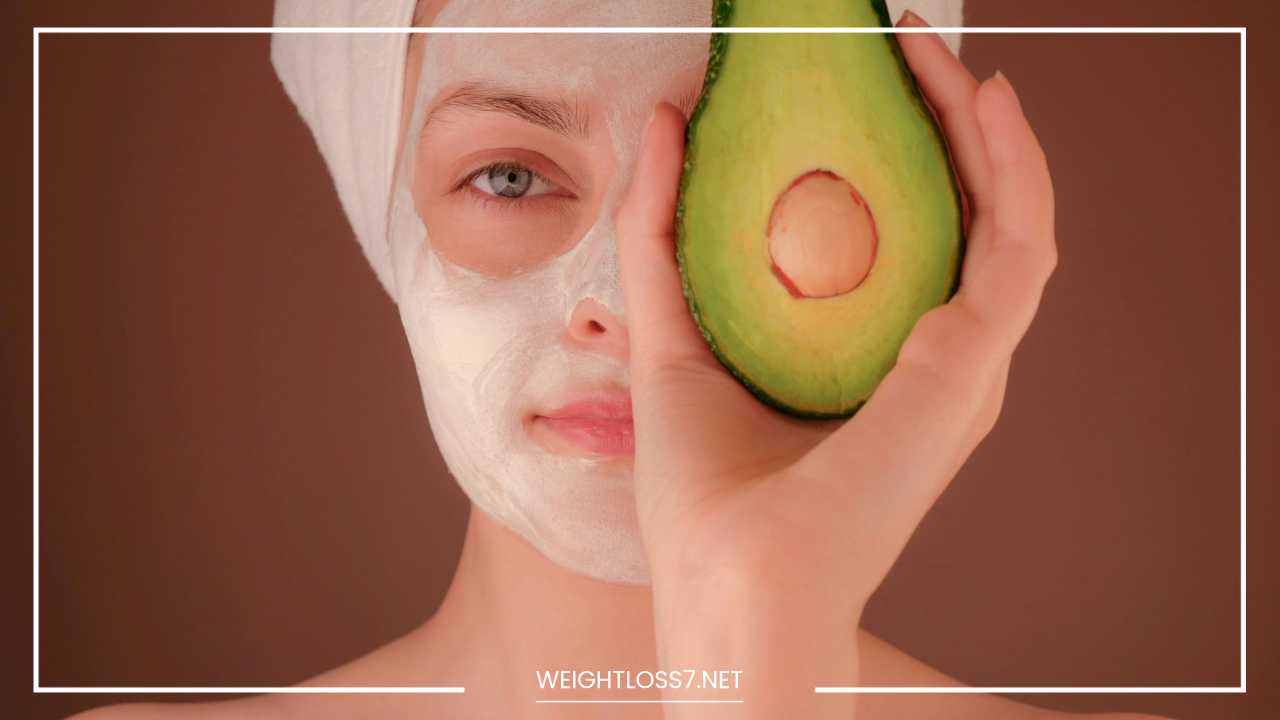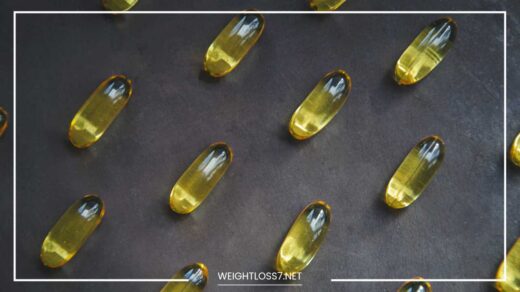Pro Skin Care Tips: From Basic to Advanced

Skin Care Tips
Skin Care Tips: Your Guide to a Healthy Glow
Our skin is the body’s largest organ, acting as a protective shield against the external world while reflecting our inner well-being. Caring for it goes beyond aesthetics; it’s about maintaining a healthy barrier function and promoting overall health.
However, navigating the vast and sometimes conflicting world of skincare information can be overwhelming. This comprehensive guide will equip you with the knowledge to create a personalized routine for radiant, healthy skin.
Unveiling Your Skin Type: The Foundation for Success
The cornerstone of any effective skincare routine is understanding your unique skin type. Here’s a breakdown of the most common types and their characteristics:
- Normal Skin: Often referred to as the “holy grail” of skin types, normal skin exhibits balanced oil production, minimal blemishes, and a healthy, radiant appearance.
- Dry Skin: Dry skin lacks moisture, often feeling tight, flaky, and rough. It may also appear dull and have visible lines or wrinkles.
- Oily Skin: Characterized by excess oil production, oily skin has a shiny appearance and enlarged pores. It’s more prone to breakouts like blackheads and pimples.
- Combination Skin: This common type presents a combination of oily and dry areas. The T-zone (forehead, nose, and chin) is typically oily, while the cheeks tend to be dry.
- Sensitive Skin: Highly reactive and easily irritated, sensitive skin is prone to redness, stinging, and burning sensations from certain products.
The Core Skincare Routine: A Non-Negotiable Trio
Regardless of your skin type, a fundamental three-step routine forms the bedrock of healthy skin:
- Cleanse: Washing your face twice daily (morning and night) is essential to remove dirt, oil, sweat, and environmental pollutants that build up throughout the day. Choose a gentle cleanser that effectively removes impurities without stripping away your skin’s natural oils. Consider these cleanser options based on your skin type:
- Dry Skin: Opt for a creamy cleanser with hydrating ingredients like hyaluronic acid or ceramides.
- Oily Skin: A gel cleanser with salicylic acid or witch hazel can help control oil production without being overly drying.
- Combination Skin: Look for a gentle, foaming cleanser that cleanses thoroughly without irritation.
- Sensitive Skin: Choose an unscented, fragrance-free cleanser formulated for sensitive skin.
- Moisturize: Hydration is the cornerstone of healthy skin, regardless of type. Moisturizer traps moisture in the skin, keeping it plump, supple, and youthful. Select a moisturizer based on your skin’s needs:
- Dry Skin: Richer creams with ingredients like shea butter or ceramides provide deeper hydration.
- Oily Skin: Lightweight, oil-free lotions or gels formulated with hyaluronic acid or glycerin offer hydration without clogging pores.
- Combination Skin: Look for a lightweight, oil-free moisturizer for the T-zone and a richer cream for the drier cheeks.
- Sensitive Skin: Fragrance-free, hypoallergenic moisturizers with soothing ingredients like aloe vera or colloidal oatmeal are ideal.
- Sunscreen: Undoubtedly the most crucial step in your routine, sunscreen protects your skin from the damaging effects of ultraviolet (UV) rays. Sun exposure is a leading cause of premature aging, wrinkles, hyperpigmentation, and skin cancer. Here’s what to consider when choosing sunscreen:
- Broad Spectrum: This type of sunscreen protects against both UVA and UVB rays. UVA rays penetrate deep into the skin, causing wrinkles and premature aging, while UVB rays burn the skin’s surface.
- SPF 30 or Higher: The Sun Protection Factor (SPF) indicates the level of protection against UVB rays. SPF 30 blocks 97% of UVB rays, while SPF 50 blocks 98%.
- Water Resistance: If you sweat or swim, choose a water-resistant sunscreen with an indication of how long it remains effective (e.g., 40 minutes, 80 minutes).
Beyond the Basics: Tailoring Your Routine
Once you’ve mastered the core routine, you can explore additional steps to address specific skin concerns:
- Exfoliation: Exfoliation removes dead skin cells, revealing a brighter, smoother complexion. However, over-exfoliation can damage the skin’s barrier function. Here’s a guide for different skin types:
- Dry Skin: Exfoliate 1-2 times a week with a gentle chemical exfoliant like AHAs (known for their hydrating properties) or opt for a very fine-grained physical scrub.
- Oily Skin: Exfoliate 2-3 times a week with a chemical exfoliant like BHAs (known for their ability to penetrate oil) or a gentle physical scrub.
* Combination Skin: Exfoliate 1-2 times a week, focusing on the T-zone with a BHA or a gentle scrub and using a gentler method on the cheeks. * Sensitive Skin: Exfoliate with extreme caution, using a very gentle chemical exfoliant once a week or even less frequently. Patch test beforehand and discontinue if any irritation occurs.
- Toners: Traditionally used to remove leftover cleanser residue, many modern cleansers are effective on their own. However, toners can still be beneficial for specific concerns:
- Oily or Acne-Prone Skin: Look for toners with ingredients like witch hazel or salicylic acid to help control oil and minimize pores. Choose alcohol-free formulas to avoid irritation.
- Dry or Sensitive Skin: Hydrating toners with ingredients like hyaluronic acid or rosewater can add a layer of moisture and soothe the skin.
- Serums: These lightweight, concentrated treatments deliver a potent dose of active ingredients to target specific concerns like wrinkles, hyperpigmentation, dark circles, or uneven skin tone. Apply serums after cleansing and toning, but before moisturizer. Here are some popular serums and their uses:
- Vitamin C Serum: Brightens skin tone, fades hyperpigmentation, and protects against sun damage.
- Retinol Serum: Promotes cell turnover, reduces wrinkles and fine lines, and improves overall skin texture. (Note: Retinol can be irritating, so start slowly and introduce it gradually into your routine.)
- Hyaluronic Acid Serum: Provides intense hydration and plumps the skin.
- Niacinamide Serum: Minimizes pores, controls oil production, and improves skin texture.
- Masks: Treat your skin to an intensive boost with facial masks. Apply them 1-2 times a week, leaving them on for the recommended time as stated on the product. Choose masks based on your skin type and concerns:
- Dry Skin: Hydrating masks with hyaluronic acid, ceramides, or honey deeply nourish and moisturize the skin.
- Oily Skin: Clay masks with kaolin or bentonite clay absorb excess oil and minimize pores.
- Combination Skin: Multitasking masks with a combination of ingredients can address different concerns in one go.
- Sensitive Skin: Look for calming masks with soothing ingredients like aloe vera, oatmeal, or centella asiatica.
Lifestyle Habits for a Healthy Glow: Beauty from Within
What you put into your body significantly impacts your skin’s health. Here are some lifestyle habits that promote a radiant complexion from the inside out:
- Diet: Nourish your skin with a balanced diet rich in fruits, vegetables, and whole grains. These foods provide essential vitamins, minerals, and antioxidants that support healthy skin function. Limit processed foods, sugary drinks, and unhealthy fats, which can contribute to inflammation and breakouts.
- Hydration: Drinking plenty of water throughout the day is crucial for keeping your skin hydrated and plump. Aim for 8 glasses of water daily. Consider incorporating fruits and vegetables with high water content like watermelon, cucumber, and celery into your diet.
- Sleep: When you sleep, your skin repairs and rejuvenates itself. Aim for 7-8 hours of quality sleep each night. Create a relaxing bedtime routine to ensure restful sleep.
- Stress Management: Chronic stress can wreak havoc on your skin, leading to breakouts, worsening existing conditions, and accelerating the aging process. Practice stress-relieving techniques like yoga, meditation, deep breathing exercises, or spending time in nature.
- Smoking Cessation: Smoking damages collagen and elastin, the building blocks of healthy, youthful skin. It also restricts blood flow, depriving the skin of essential nutrients. Quitting smoking is one of the best things you can do for your overall health, including your skin.
Remember: Consistency is key! It takes time and dedication to see noticeable results from a new skincare routine. Stick with your routine for at least 4-6 weeks before making any adjustments. If you have any concerns or experience persistent skin problems, consult a dermatologist for personalized advice.
Additional Tips for Maintaining Healthy Skin
- Patch Test New Products: Before applying a new product to your entire face, test it on a small area like your inner arm. Wait 24 hours to check for any allergic reactions.
- Don’t Over-Exfoliate: Excessive exfoliation can damage the skin’s barrier function and lead to irritation. Stick to the recommended frequency for your skin type.
- Be Gentle: Avoid harsh scrubbing or rubbing your face, as this can irritate the skin. Use gentle motions when cleansing and applying skincare products.
- Beware of Sun Exposure: Limit direct sun exposure, especially during peak hours (10 am to 4 pm). Wear protective clothing like hats and long sleeves whenever possible.
- Clean Makeup Brushes Regularly: Dirty makeup brushes can harbor bacteria and contribute to breakouts. Clean your brushes weekly with a gentle cleanser and warm water. Let them air dry completely before using them again.
- Don’t Sleep in Makeup: Makeup can clog pores and trap dirt and oil on your skin throughout the night. Always remove your makeup thoroughly before going to bed, even if you’re tired.
- Gently Pat, Don’t Rub: When applying skincare products, pat them gently onto your skin instead of rubbing them in. This helps prevent irritation and ensures even product distribution.
- Consult a Dermatologist: If you have any concerns about your skin or struggle with persistent skin problems, consult a board-certified dermatologist. They can assess your skin, diagnose any underlying conditions, and recommend personalized treatment plans.
Advanced Skincare Techniques:
For those interested in taking their skincare routine to the next level, here are some additional techniques to consider:
- Microneedling: This minimally invasive procedure involves using a small roller with tiny needles to create controlled micro-injuries in the skin. This triggers the body’s natural healing response, promoting collagen production and improving skin texture and elasticity.
- Chemical Peels: Chemical peels use various acids to remove the top layer of dead skin cells, revealing a smoother, brighter complexion. The strength of the peel determines the depth of exfoliation and the results achieved.
- Laser Treatments: Laser treatments use targeted light energy to address various skin concerns like wrinkles, sun damage, and acne scars. Different types of lasers target specific issues.
Remember: These advanced techniques should only be performed by a qualified healthcare professional. Discuss the potential benefits and risks with your dermatologist before deciding if they are right for you.
Final Word: A Holistic Approach to Glowing Skin
Achieving and maintaining healthy, radiant skin requires a multifaceted approach. By understanding your skin type, establishing a consistent skincare routine with the right products, and prioritizing healthy lifestyle habits, you can create a foundation for a beautiful complexion that reflects your inner well-being.
Remember, skincare is a journey, not a destination. Be patient with your skin, experiment to find what works best for you, and enjoy the process of nurturing your skin’s natural beauty.

















